Student
Achievements
'Be The Best That You Can Be'
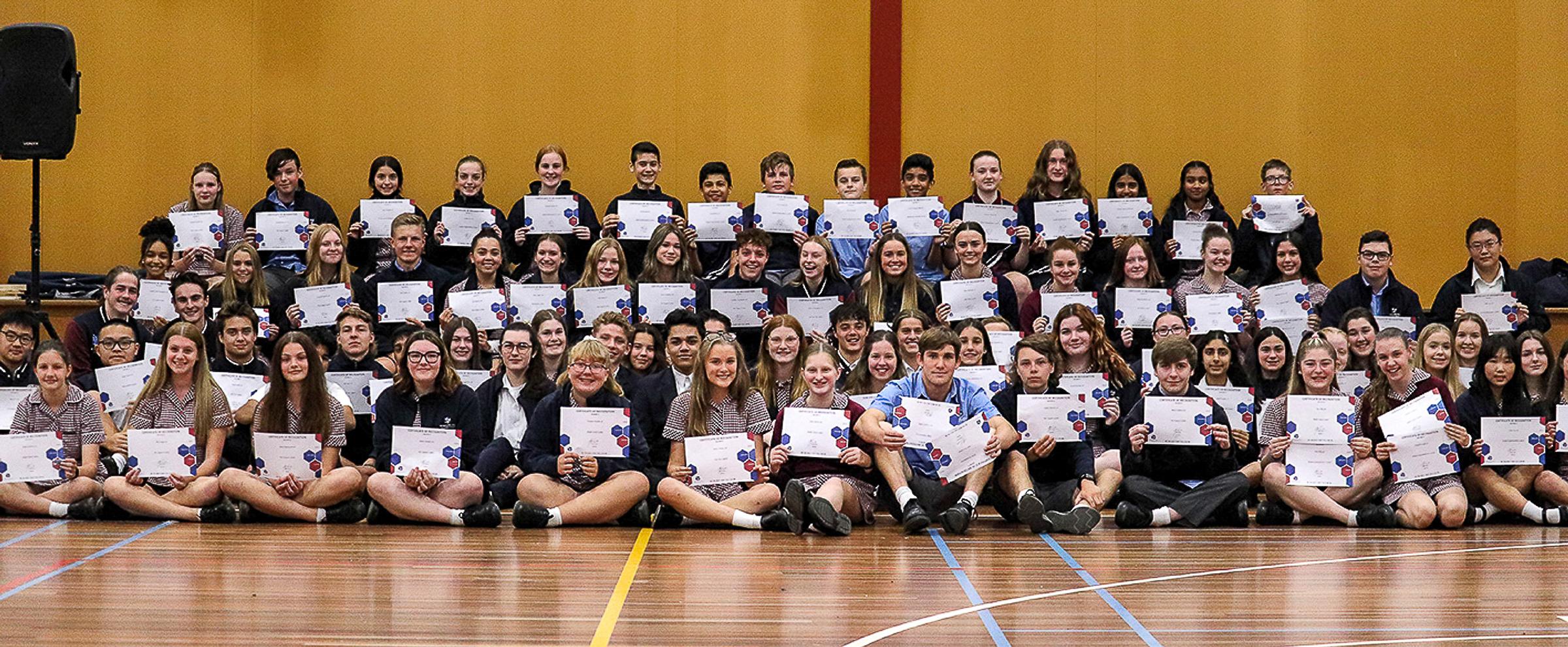
Student
Achievements
'Be The Best That You Can Be'
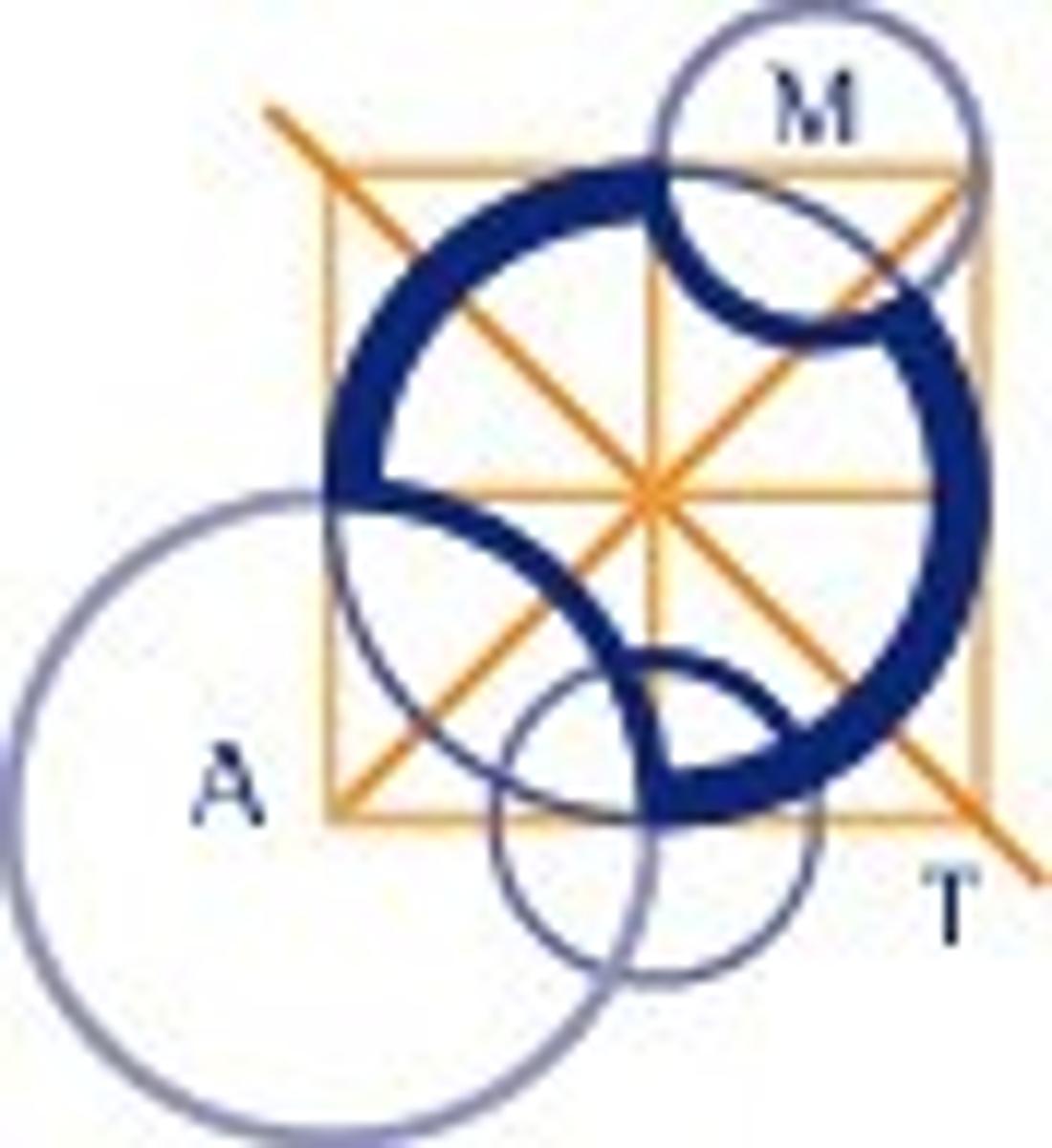

AMC Mathematics Report 2021
Well, we have finally received the official results for the Australian Mathematics Competition. We have had some outstanding results and would like recognise them here as well to our wider community.
The Australian Mathematics Competition is the largest single event on the Australian Education Calendar, allowing students to attempt the same tasks, on the same day in about 40 countries. It has become a truly international event, with countries throughout the Pacific and South East Asia, and some from even further afield taking part. The number of entrants in Australia alone in recent years has been of the order of 400,000.
Every year a significant number of students from our college enter this competition. While we have a number who achieve outstanding results all students agree it is a most positive experience and well worth the effort of entering
Our top achiever in the Australian Mathematics Competition was Richard Jiang in Year 7 who achieve a distinction and was ranked in the 95th percentile. Richard was closely followed by Nicholas Hetherington and Vismaya Rao, also in Year 7 and Alex Johnson in Year 8 who all achieved Distinctions and ranked above the 89 percentile. They will be formally presented with their certificates as soon as we are able.
Our top student at each year level were,
Year 7 Richard Jiang, Nicholas Hetherington, Vismaya Rao, Jack Andre, Ethan Reid and Tiger Meng with Distinctions
Year 8 Alex Johnson and Jordan Pasula with Distinctions
Year 9 Charlie Bryrne with a Credit
Year 10 Ty Relph and Brady Thomassen with Distinctions
Year 11 Maryam Asad with a Credit and
Year 12 James Small with a Credit.
Out of the 85 entries for the College we achieved 10 distinctions and 20 credits. Congratulations to all who participated and we would encourage you all to try again next year. Certificates should be coming your way soon.
Nery Soto and Paul McGlynn
For the Mathematics Domain
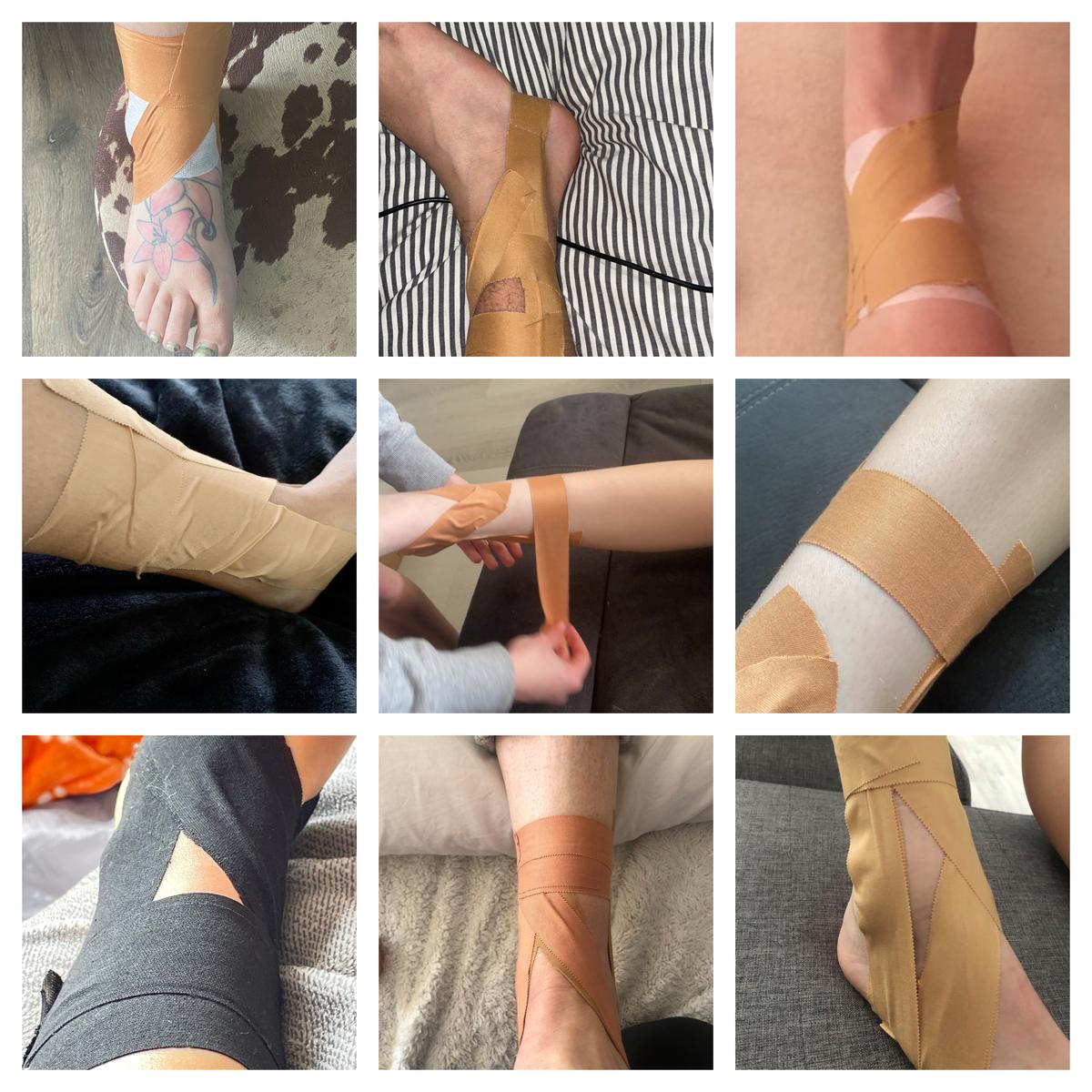

Year 9 | STEM in Sport
Year 9 STEM in Sport – Injury prevention/rehabilitation
The Year 9 STEM in Sport class has been researching and learning about types of injuries, as well as the prevention and rehabilitation of these injuries. The class completed an investigative research task in which they created a fact sheet they could give to a patient who had suffered an acute injury. The students then had an online visit from a physiotherapist and learnt about a sprained ankle. Students then participated in a taping demonstration that allowed them to practice strapping their own, or a family member’s ankle. This experience provided students with an insight to the career path of a physiotherapist and an opportunity to ask questions about the profession.
Mr. Ryan Joyce
Health & PE Leader
What can cause a sprained ankle? What are some recovery strategies, and what are preventative measures to avoid recurrence?
“A sprained ankle is an injury that occurs when the ankle twists or rotates in an uncommon way, forcing the ligaments to stretch and sometimes tear. There are three types of ankle sprains, grade 1, 2 or 3. Depending on the extremity of your injury, symptoms and pain levels could differ. Causes of this injury may include, landing awkwardly after a jump, falling and twisting your ankle, or putting an abnormal amount of stress on the area. If one does encounter an ankle sprain, the most efficient form of care is to use the PEACE method. Protection, elude activities that increase your level of pain for the first few days after your injury. Elevation, elevate your injured leg above heart level as frequent as possible. Avoid anti-inflammatories; avoid taking these medications as they reduce tissue recovery. Compression, use a compression bandage or tape to minimize swelling. Education, steer clear of unnecessary treatments and have trust in your body to heal itself. Ankle sprains are one of the most common reoccurring injuries, you are more likely to harm your ankle again if you have previously. To attempt to avoid reoccurrence, taping your ankle is a simple and effective way to keep the joint stable and restrict any drastic movements.”
– Olivia W
What I learnt from the physiotherapist visit?
“On Thursday October 7th, the Year 9 STEM in Sport class participated in a Physiotherapist session. Josh, the physiotherapist, shared his experience about the journey he had to go through to become a physiotherapist. Josh had completed physical education in VCE and when he transitioned to University, he undertook Health Science for a year before transferring to Physiotherapy. He graduated and immediately worked at The Alfred Hospital where he worked across a number of settings such as Acute, Rehabilitation as well as within the community. Furthermore, he treated a diverse range of patients with respiratory, neurological and orthopaedic conditions. He recently moved from the Alfred Hospital to Eastern Health, and is currently working as a Physiotherapist in the Outpatient Musculoskeletal department.
Josh then discussed the different types of areas where a physiotherapist might work in and elaborated on their differences. He explained the structure of the ankle, types of ankle injuries, tests and assessments, ankle sprains and strains. He also covered the management of ankle sprains, this is where we learned about PEACE, the rehabilitation phase, and the recovery phase. We then listened and watched as the class participated in a demonstration on how to strap an ankle, followed by many questions from the class to conclude the lesson.
During the lesson, I learnt that there are many type of physiotherapy that range across certain areas such as Orthopaedic, Respiratory and Neurological. I now I have more knowledge in the career path of a physiotherapist and an understanding of how to strap an ankle.”
– Kristen S
How can I strap an ankle using rigid strapping tape? When will I use this in the future?
Step 1: Start with an anchor on the upper ankle / lower calf region.
Step 2: Start from your anchor point and go down the anklebone, then underneath the bottom of the foot, then coming back up the other side and joining back up with your anchor, should look like a U shape. Repeat once more.
Step 3: Repeat the Same motion but on the way up crossing over the front face of the foot and joining up back to the start. Repeat once more.
Step 4: Seal it all off with another anchor at the top of the ankle.
“Being able to strap your own ankle is extremely helpful when playing sports or just for an injury in general. This could be for any occasion such as a previous injury that you want to take extra precautions so it does not reoccur, a current injury that needs a little extra support, or even an on-going injury that will constantly need support.
The ability to strap someone else’s ankle is also useful because sometimes they may not be able to do it, or it may be hard for them to do so effectively. This technique is also important to learn for those of us who would like pursuit career such as a physiotherapist or sports trainer. Personally, I think this is a great technique and I do this before every game to minimise the risk of ankle damage. It is a simple and easy way to improve your ankle stability.”
– Bianca J


Remote Experiments are still a thing!
Congratulations to all the Year 12 Physics students who managed to complete their Extended Practical Investigation SACs remotely. Even if some had to complete them in wardrobes.
We had socially distanced astroblaster – what happens when one ball is dropped on top of another. Try it, the result is stunning.


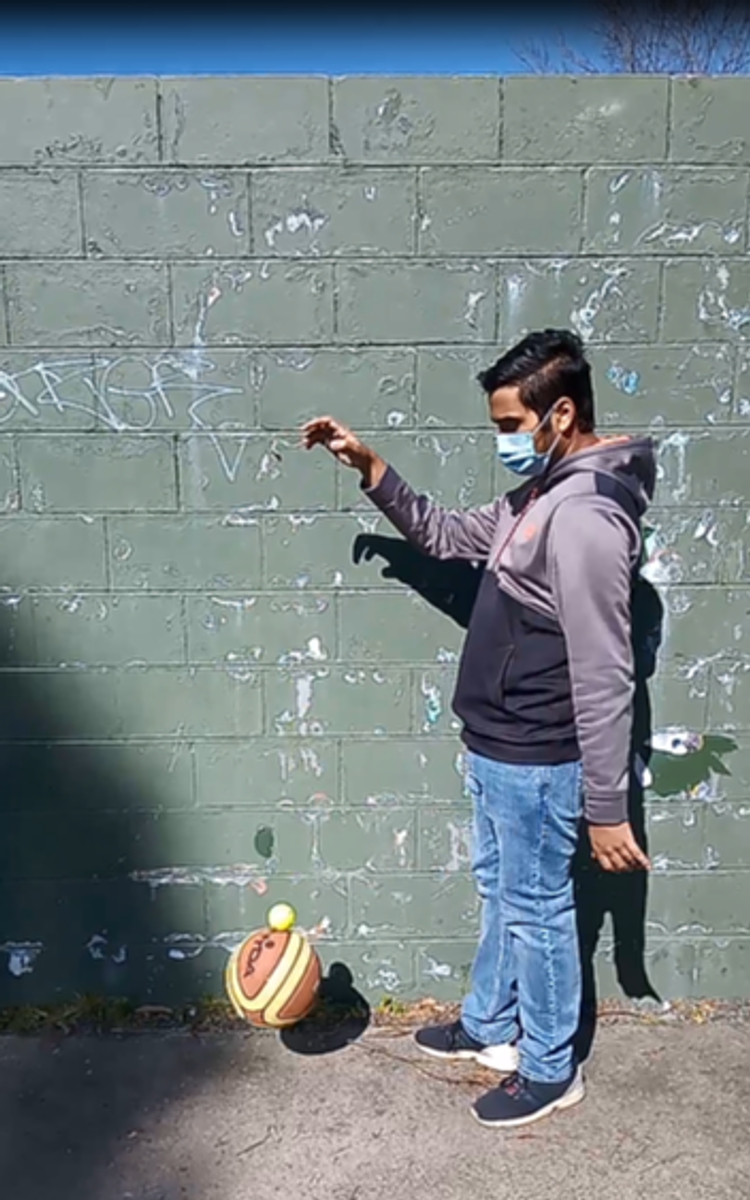



Finding the sweet spot of tennis racquets in the garage, Soccer ball physics in the backyard or forces in weightlifting with the washing (mind that back).


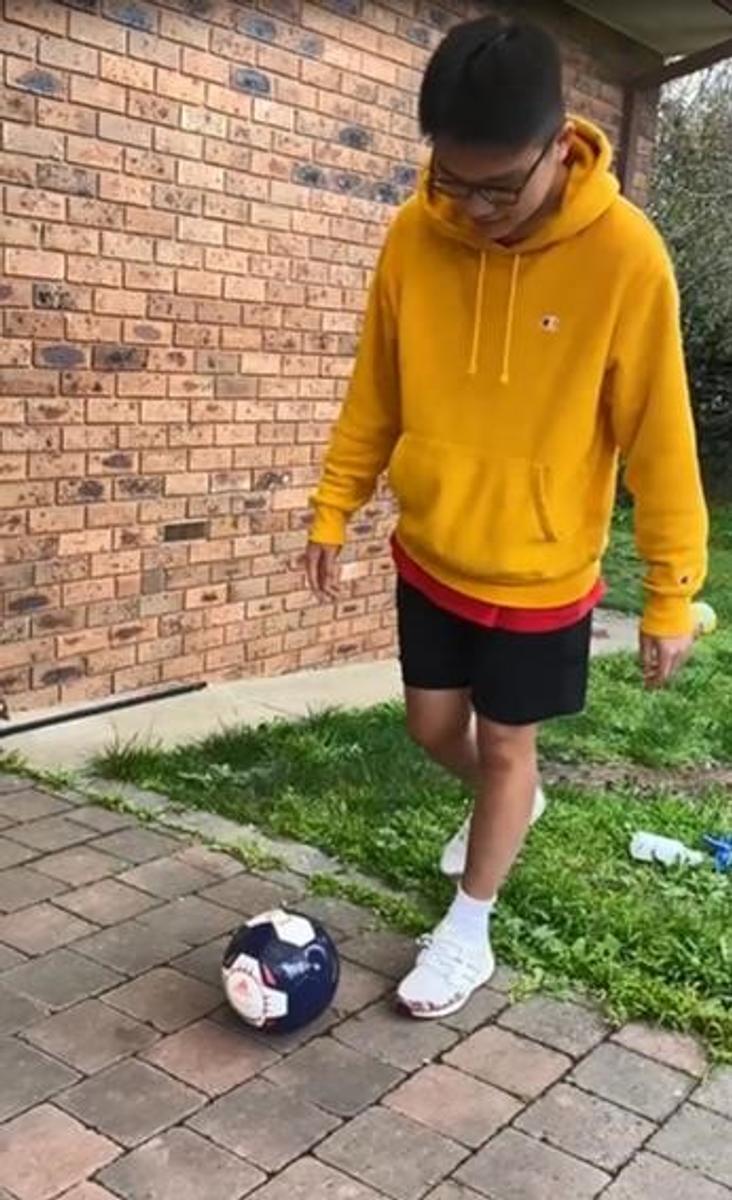





Wave motion in tubs.
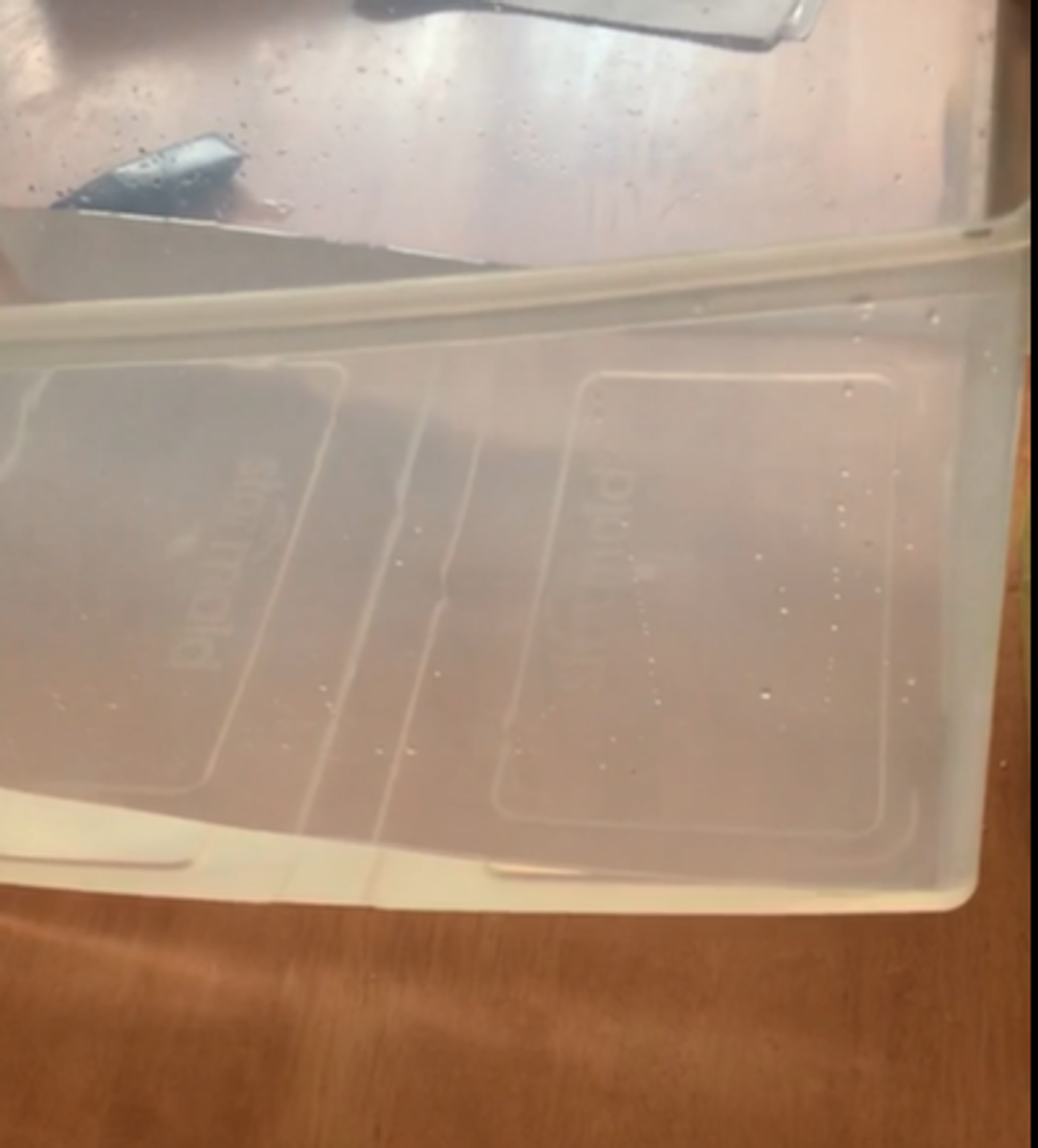

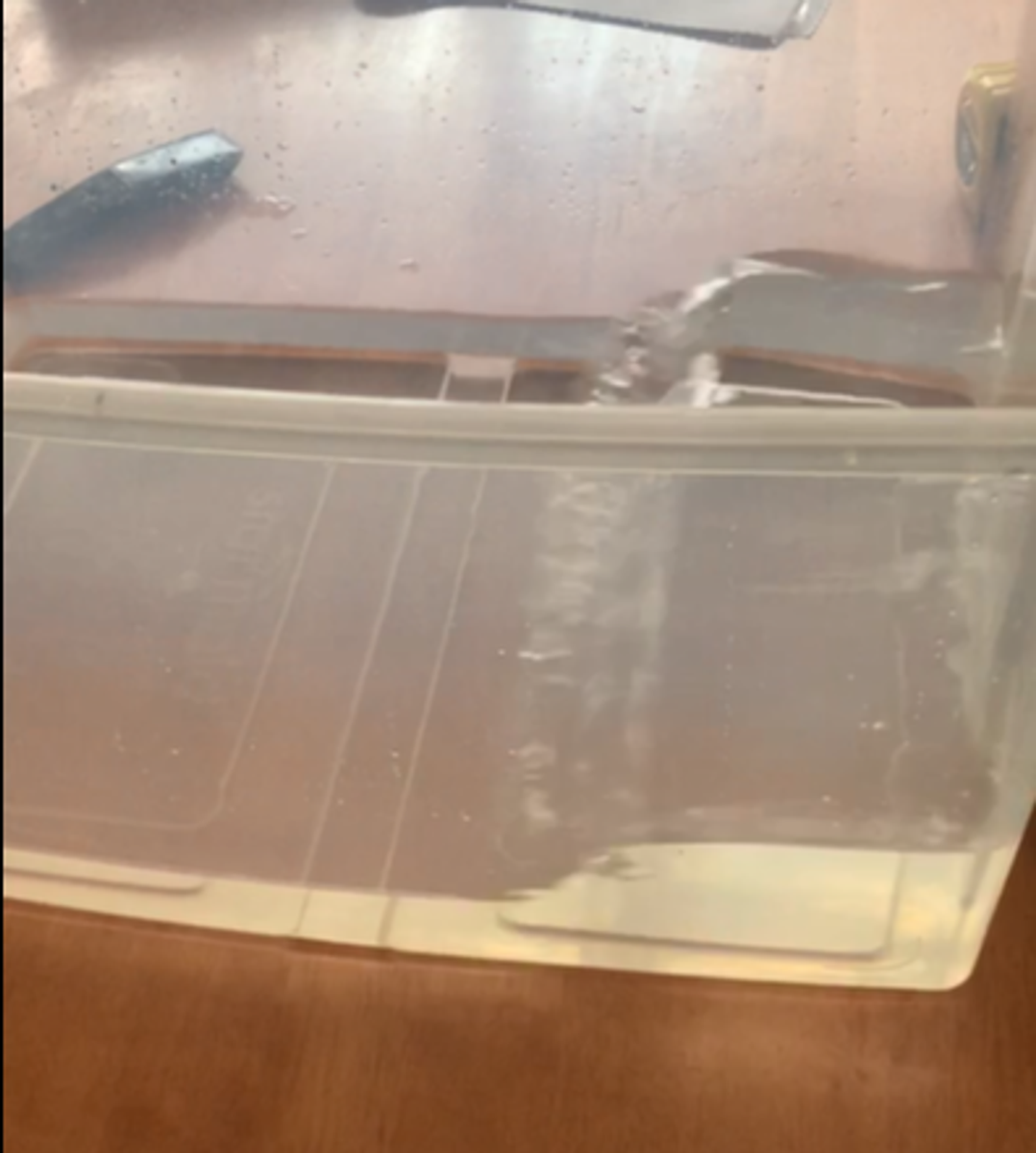

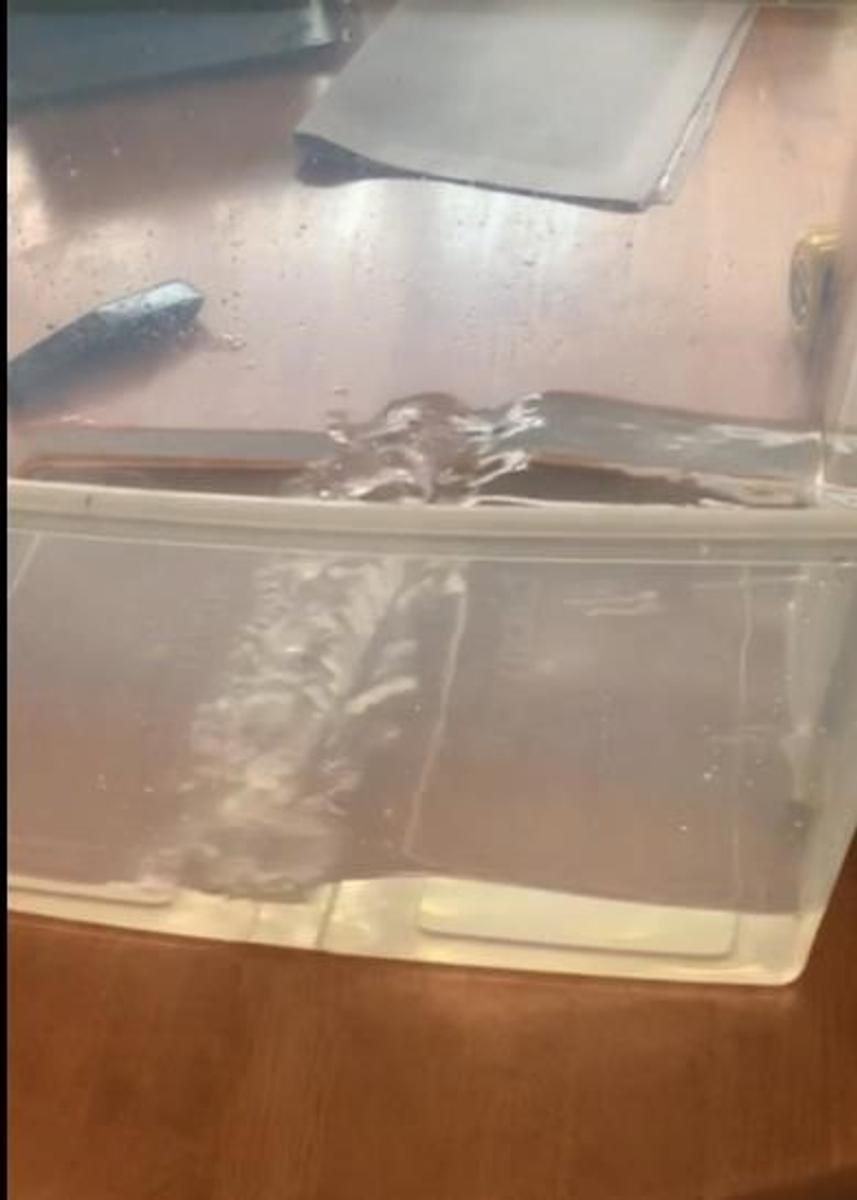

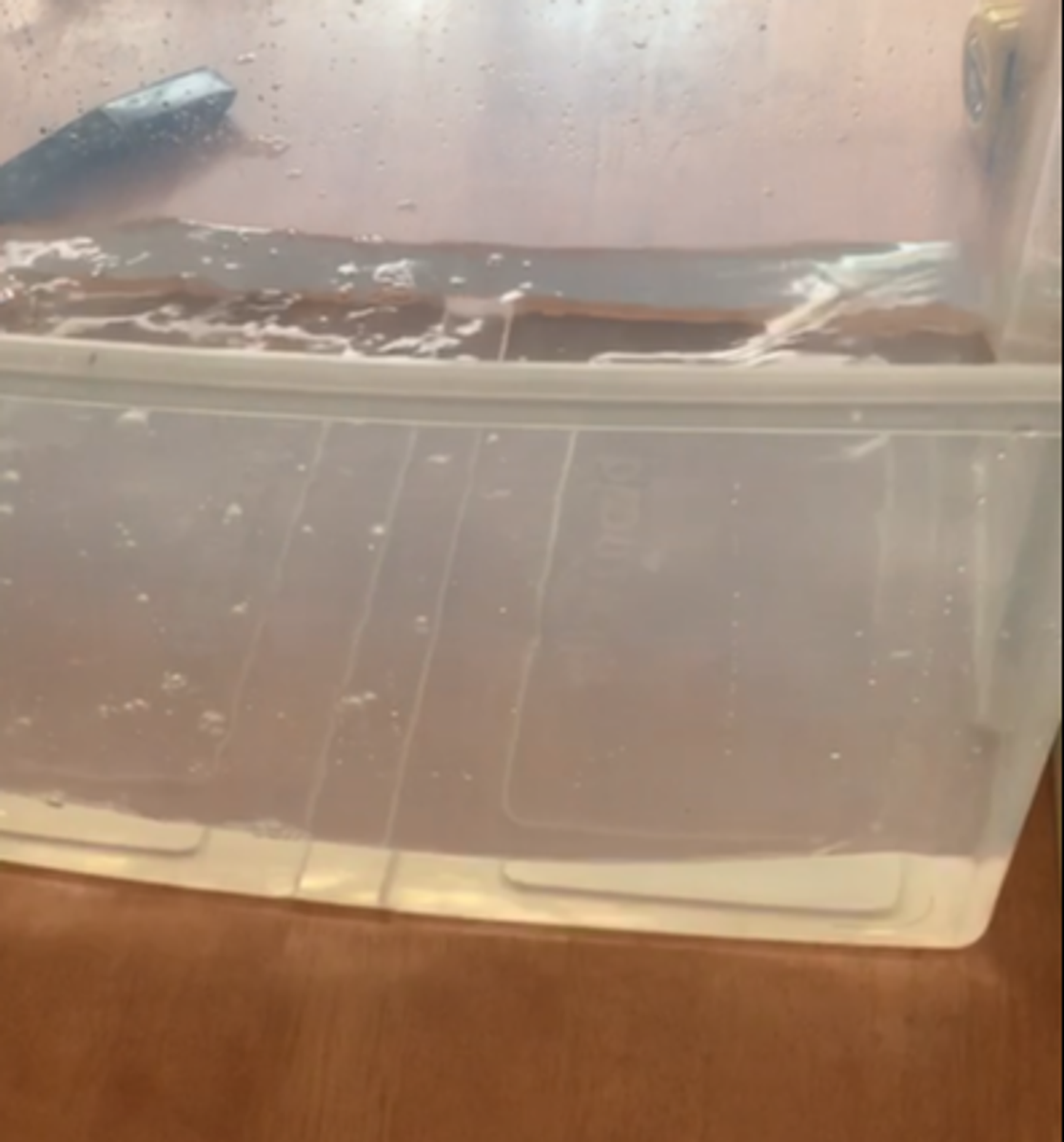

Laser diffraction in wardrobes and many more.


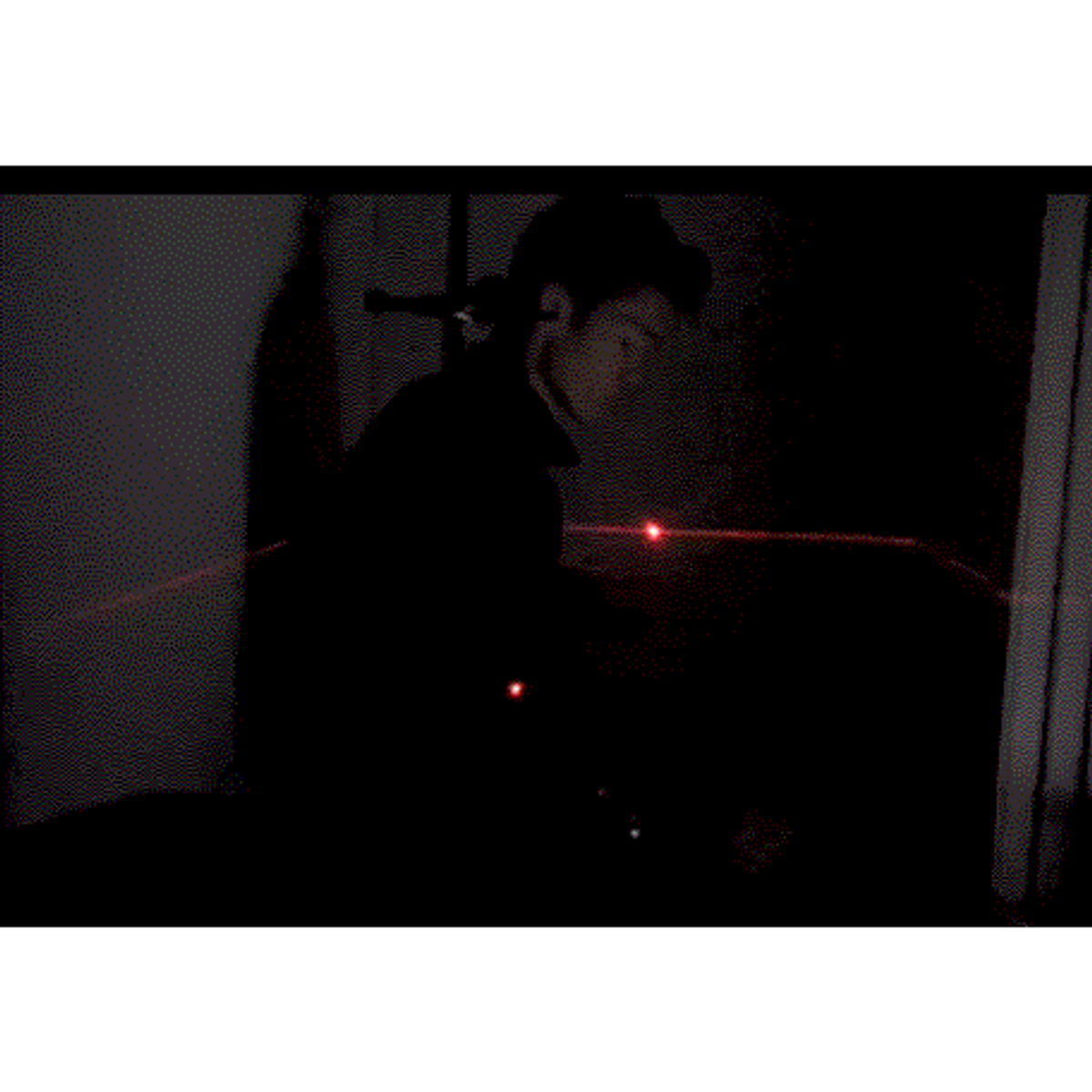

Their application and imagination was truly impressive and the final reports a testament to their perseverance.
Well done all.
Mr McGlynn
Year 12 Physics Teacher
Victorian High Ability Program 2021
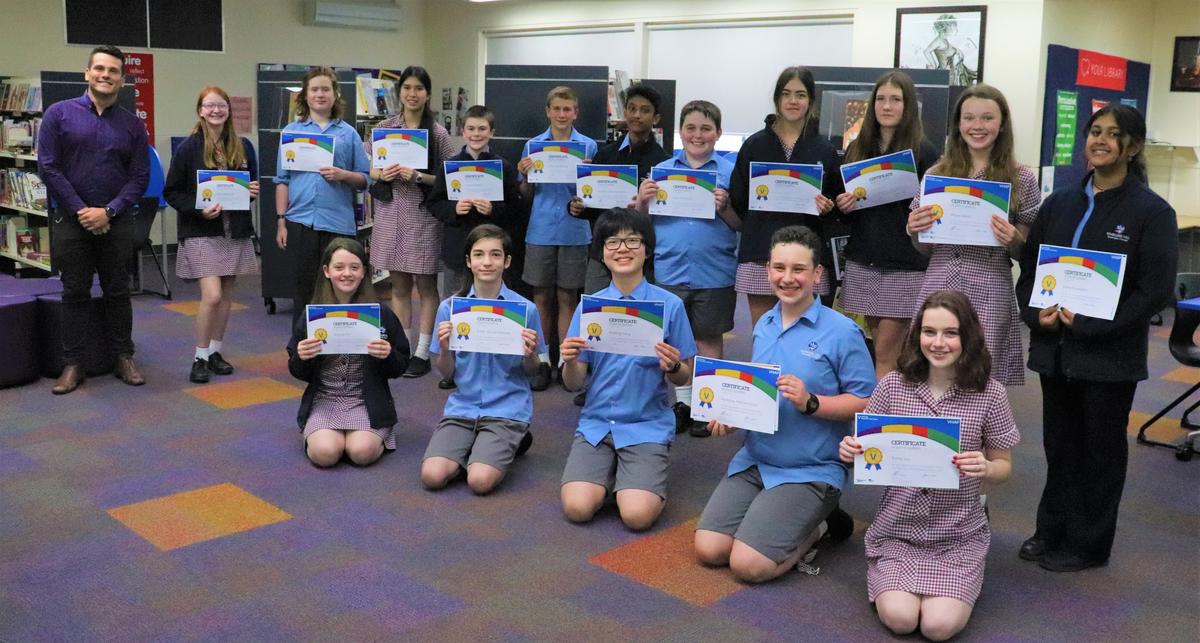

The Victorian High Ability Program is an intensive ten-week online course in either Mathematics or English for students to experience an exciting new challenge and extension program.
The Mathematics course “A Whole New World of Mathematics” stimulates student curiosity and love of mathematics, while also building their repertoire of mathematical skills. Students explore topics that are not usually included in the secondary mathematics curriculum, such as networks and paradoxes. They are be able to explore new concepts, apply new knowledge to practical situations and investigations, and are encouraged to critically examine their problem-solving skills and strategies.
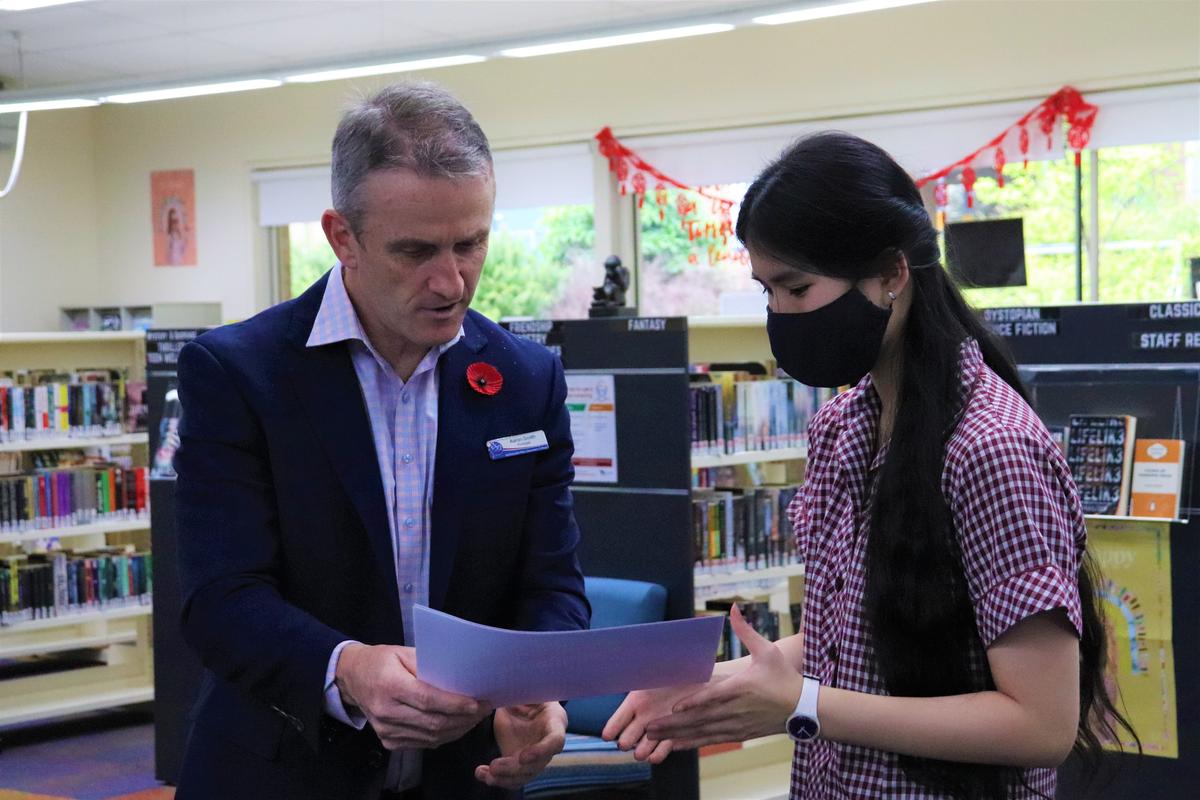
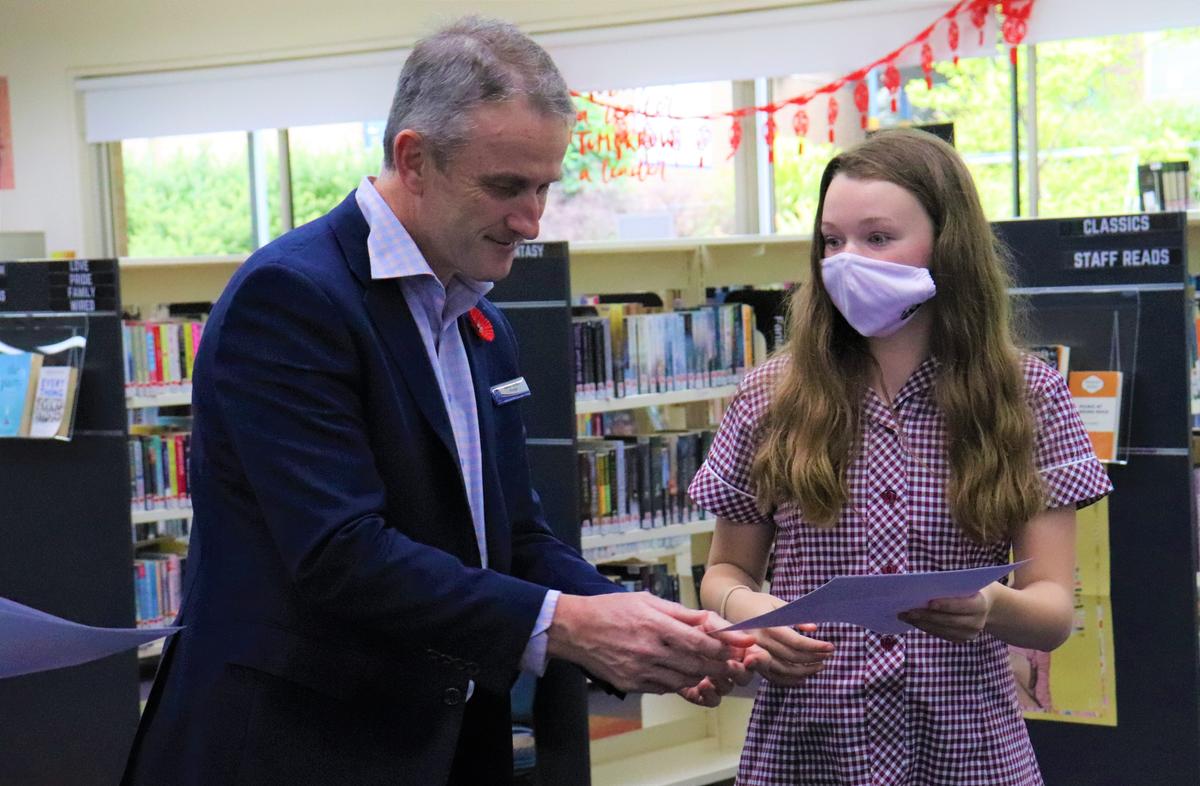
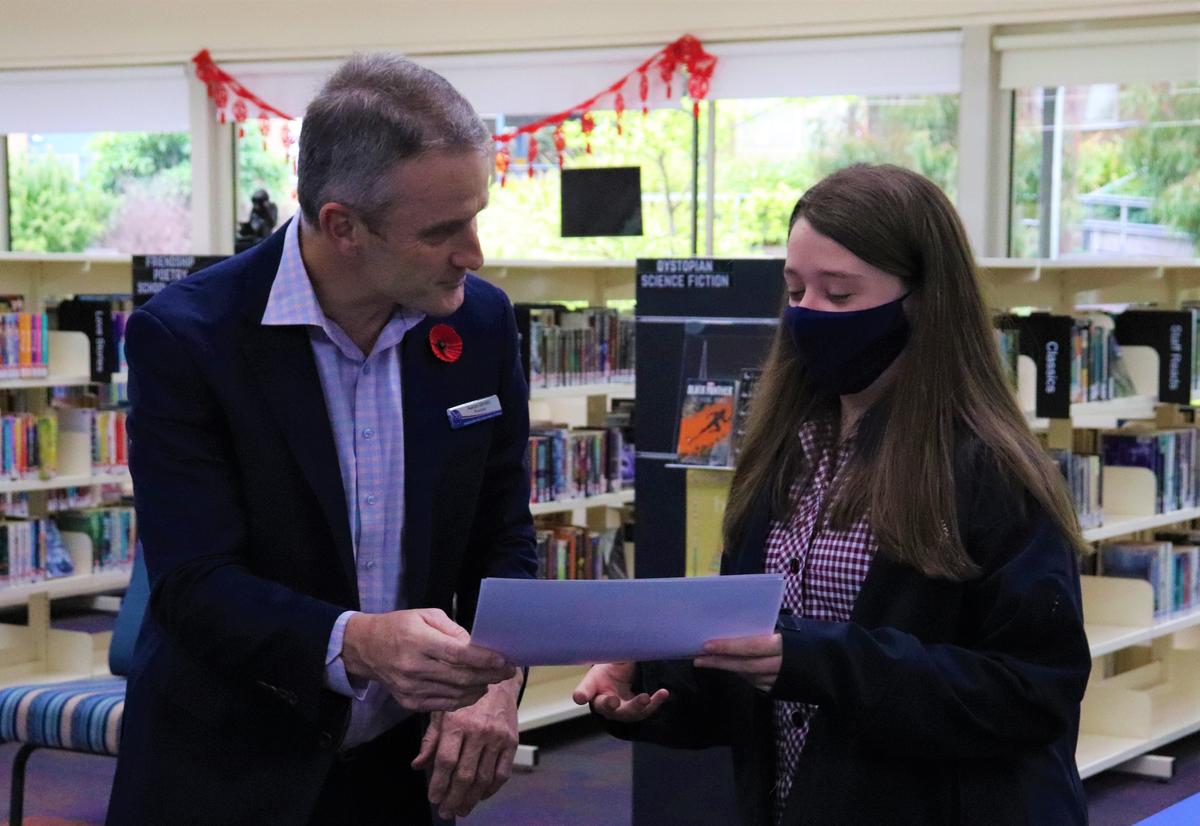
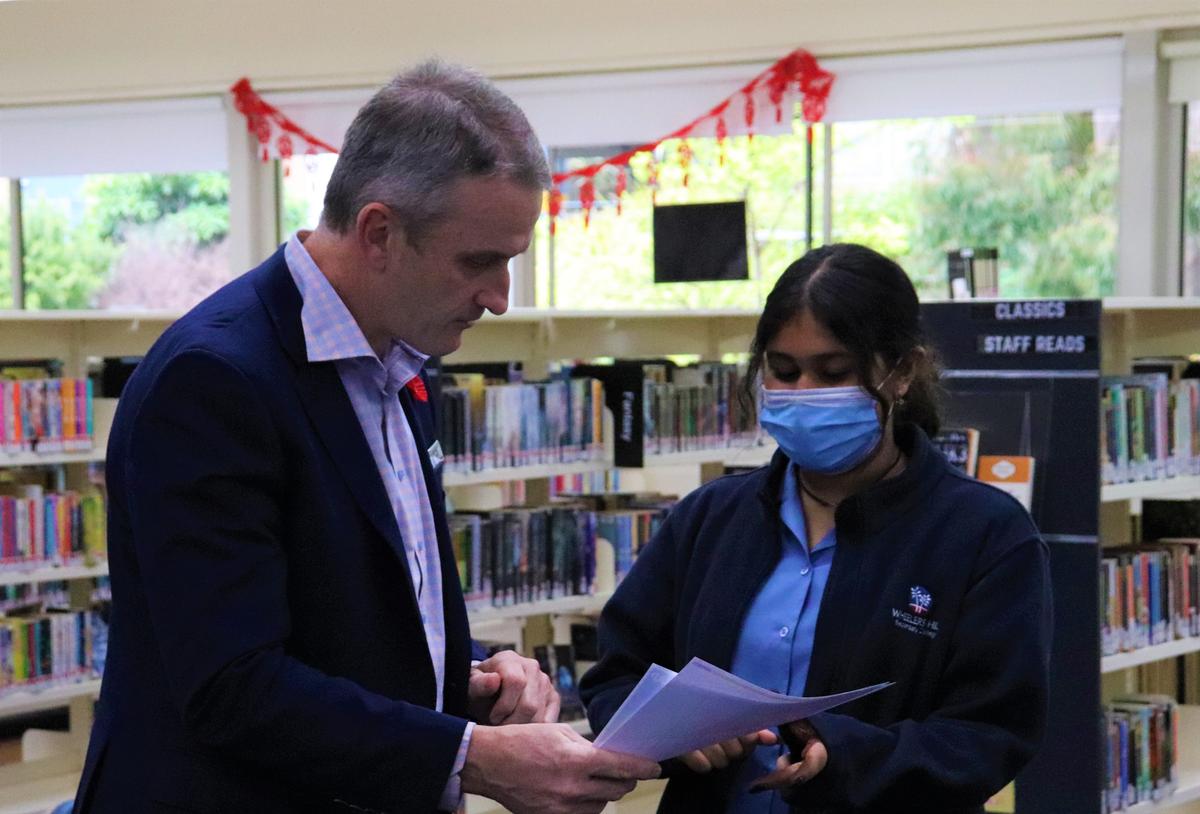
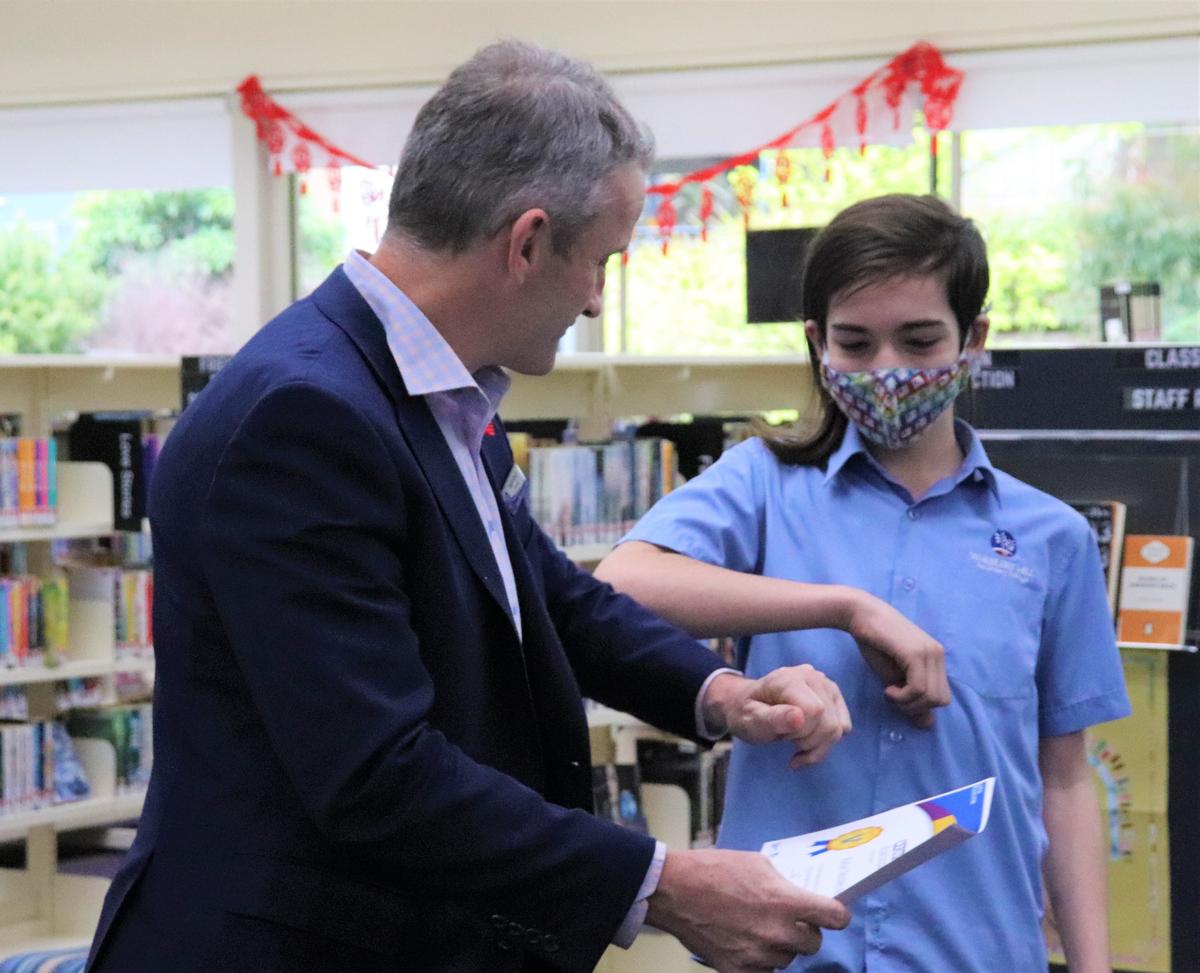





The English course challenges students to delve into the genre of dystopia in order to consider what makes or breaks a ‘perfect society’. A variety of texts will be studied, including novels, short stories, short films and music/film clips. Students will compare and contrast texts, identifying common or recurring themes, patterns and messages. Supported by a large range of stimulus material, they undertake both analytical and creative writing tasks, and workshop responses with their peers.
This year our school has been proud to say that we have had a total of 22 students across Year 7 and 8 hand-picked to participate by the Department of Education so that they can be further extended and have their learning enriched. Wheelers Hill Secondary College would like to congratulate all of the students that were selected and took on the challenge this year. We look forward to having many more students continue to participate in 2022.
Mr. Pedro Mello
High Ability Practice Leader
Animals' Propaganda posters
This year, Year 10 students were asked to take on the animals' perspective and create a propaganda poster that could convince neighboring farm animals to revolt against their humans as well. This is part of their studies on the popular novel "Animal Farm." Below are some of our Yr. 10 students fantastic work!


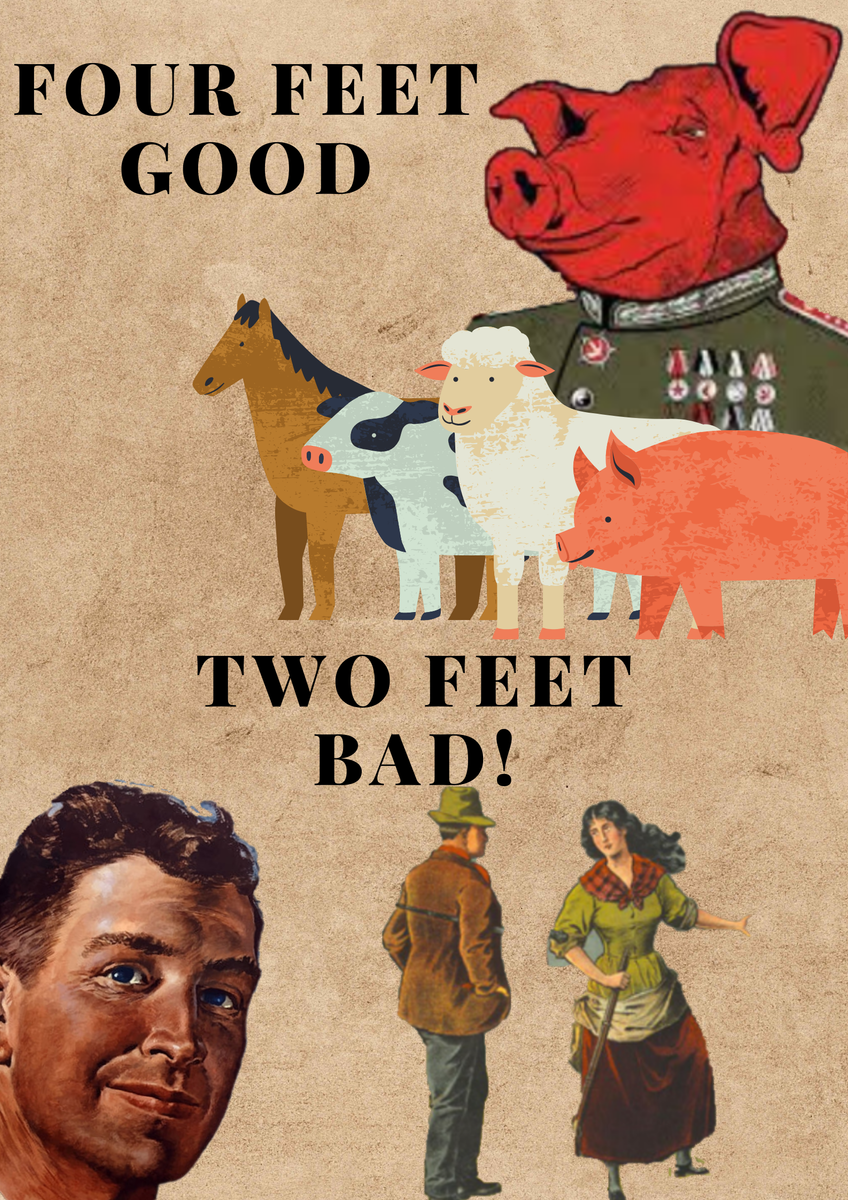



Ms. Subity
English Teacher